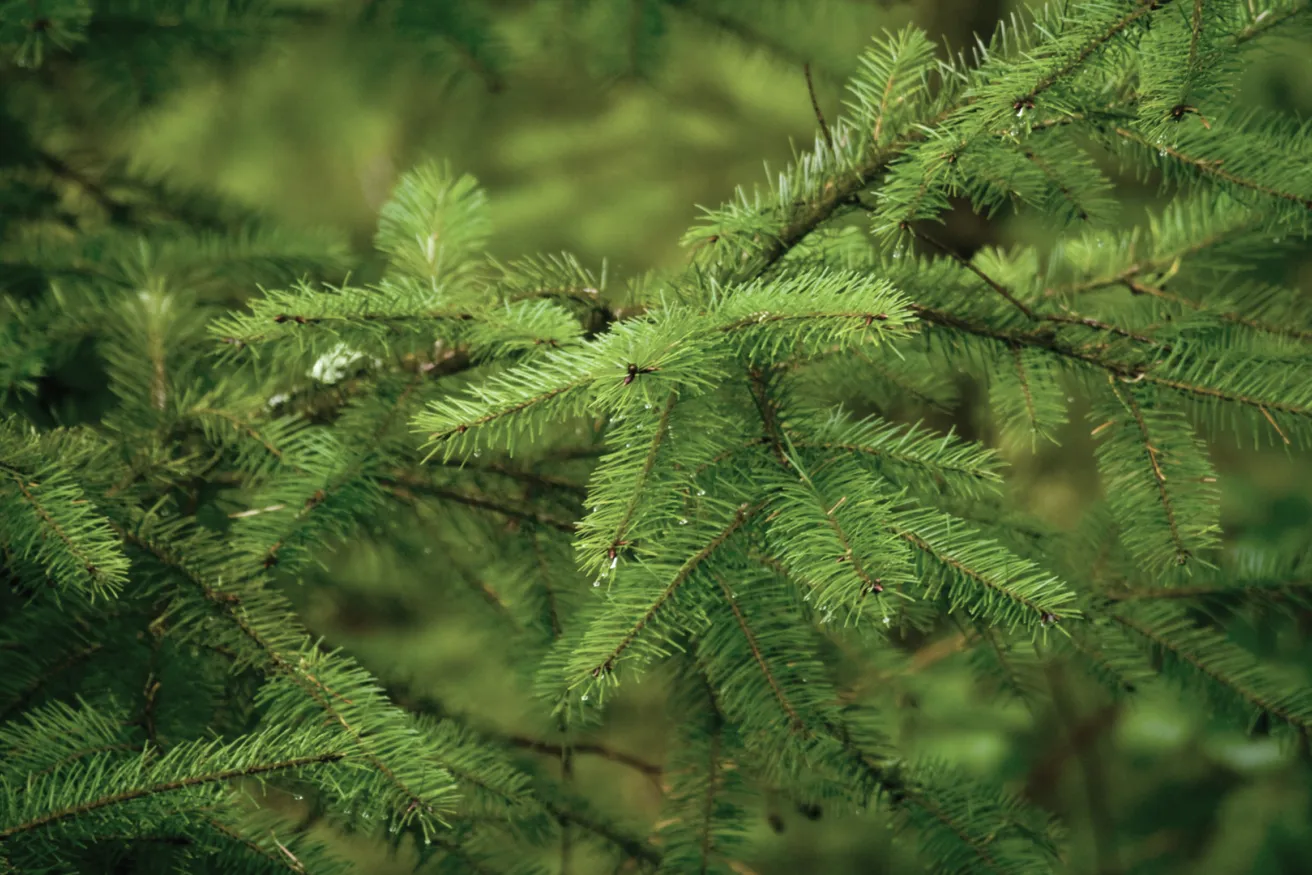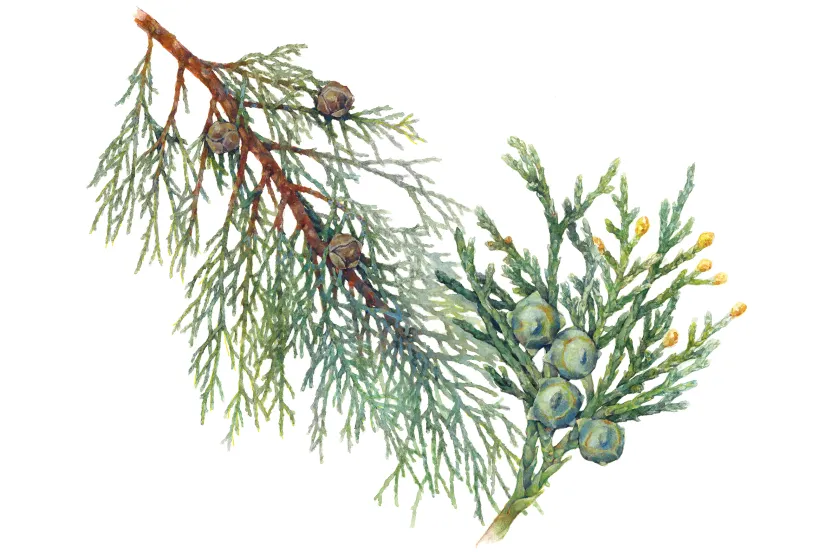Pseudotsuga menziesii var. glauca
Early Beginnings
Scottish botanist David Douglas was among early explorers to North America. He travelled to and from the continent on numerous voyages studying plant culture. On his second expedition, he explored the pacific northwest of the United States in what the Royal Horticultural Society called his most successful expedition.
Douglas introduced more than 240 species of plants to Britain, including the Douglasfir. Although the common name of the species is named after David Douglas, its scientific name is actually named after rival botanist Archibald Menzies who discovered the species 40 years before Douglas.
Among other misleading names, the douglasfir is not a fir tree at all. It is often written as douglasfir or douglas-fir to distinguish it from real firs. In fact, the douglasfir is its own genus comprised of five species. To add to its confusion, even its scientific name Pseudotsuga is a poor choice, translating to “false hemlock” — a tree only remotely related to the douglasfir.
There are two geographical varieties of Douglasfir: the Coast Douglasfir (Pseudotsuga menziesii var. menziesii) along the Pacific coast from British Columbia to central California. The other variety is the inland Douglasfir (Pseudotsuga menziesii var. glauca), spreading on the drier Rocky Mountains from Canada to Mexico.
The Coastal variety is faster growing, long-lived, and can reach over 300' tall. The needles are usually a dark yellow-green, although some trees may be bluish green. Rocky Mountain Douglasfir is hardier, slower growing, shorter-lived and seldom grows over 130' tall. The needles are shorter and bluish green, although some trees may be yellowish green. The cones are barely 3" in length with bracts bent upwards.
A Part of History
The Douglasfir was a staple tree in building the west. Oregon has even named it its state tree. Many refer to it as one of the country’s most important trees, its importance to American history continues unabated. The Douglasfir became a popular source of lumber for its great strength and durability. It was used in building railroad ties and telephone/telegraph poles.
It was crucial to American soldiers in World War II, used for everything from GIs' foot lockers to portable huts and even the rails of stretchers that carried soldiers from battle. One contribution the Douglasfir symbolizes its place in America's evolving history more than any other. In 1925 the masts of "Old Ironsides," the USS Constitution needed to be restored. But white Pine trees were scarce, so the douglasfir was used to restore the ship’s masts, where it still sails today as the world’s oldest commissioned naval vessel.
Christmas Trees
In addition to its historical contributions, the douglasfir is one of the most popular Christmas trees sold in the U.S., accounting for nearly half of all Christmas trees grown in the country. Its soft needles and dark green color are among its appealing traits. It retains its needles well and has a sweet scent.
Read 8 Sustainable Ways to Recycle your Christmas Tree
This beauty is a great landscape tree. It grows up to two feet a year and reaches up to 70 feet at maturity. Its dense foliage and saturated green color make it a wonderful choice as a privacy fence. It does have a shallow root system, so avoid planting in areas with strong winds.




